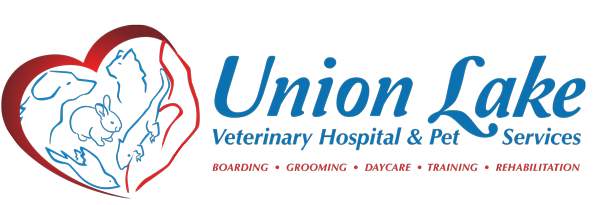The Cycle of Life
I recently had the joy and responsibility of caring for two beautiful dogs–one a very senior dog and the other an 8-week-old puppy. I learned an interesting lesson about the cycle of care during a dog’s early and senior years.
My best friend Sterling is a fourteen-and-a-half-year-old Labrador. Our guest for the weekend was an 8-week-old French Bulldog named JC. I was a bit worried about the amount of care each of them would need. Between potty training, frequent meals, constant supervision, help getting up and down, and medications, I knew that I had a busy weekend ahead of me.
The Cycle of Dog Care
About halfway into the first night, I realized how similar these two dogs really are, even though they are on opposite ends of their lives. Best buddy, Sterling, needs help getting around. He can’t always get up on the couch or into the car by himself. He can have trouble managing big challenges, like stairs or steep hills. Same with JC, the puppy.
Sterling also needs help remembering meal times, when he needs to go outside, and what part of our day is coming next. Small, frequent meals are as helpful to his old GI tract as they are to the puppy’s brand new one. They both need to be reminded sometimes why we are outside. And, as Sterling experiences cognitive changes, a lot of things become new or strange again, just as many things are still new for JC.
Loving an Aging Dog
As stewards of doggy lives, it is important to realize how vulnerable and fragile our dear friends become as they age. It is not uncommon to feel frustration with our dogs as they become incontinent and forgetful. The aging process occurs for all creatures, against our will, and for some against our knowledge. Our once-sharp best buddies decline just like we do, to a state of requiring near constant care. The natural life cycle is to leave this world as we enter it. Our old dogs deserve our compassion and care just as much as a new puppy–perhaps more so since they’ve served us dutifully and loyally for so many years.
Please do your best to keep your old dogs comfortable, loved, clean, warm and dry. So often we don’t realize this decline is happening because our brains are conditioned to ignore it. As their joints begin to ache and eyes begin to dim, they need help relieving their pain and getting around new places. As their muscles weaken and their teeth become worn, they need help doing things that were once easy like eating hard goods and even walking. The hard floor becomes harder and colder for old bones. It is our duty to be aware and to care for our companions from their first breaths to their last.
If you have questions about care as your dog ages, call our office or make an appointment for a more in-depth discussion. There are so many ways to make the aging process easier on all of us.

